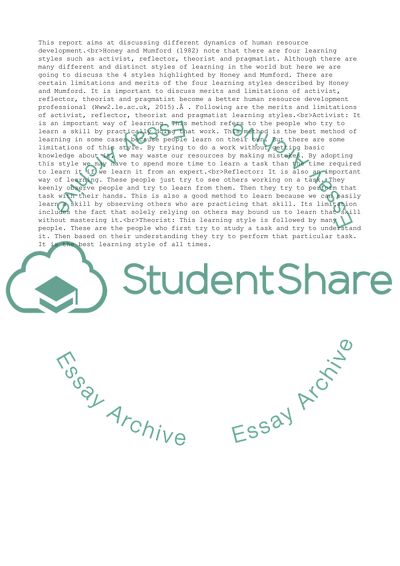Cite this document
(Learning Styles and Planning Training Events Coursework Example | Topics and Well Written Essays - 4750 words, n.d.)
Learning Styles and Planning Training Events Coursework Example | Topics and Well Written Essays - 4750 words. https://studentshare.org/management/1869208-human-resources-development
Learning Styles and Planning Training Events Coursework Example | Topics and Well Written Essays - 4750 words. https://studentshare.org/management/1869208-human-resources-development
(Learning Styles and Planning Training Events Coursework Example | Topics and Well Written Essays - 4750 Words)
Learning Styles and Planning Training Events Coursework Example | Topics and Well Written Essays - 4750 Words. https://studentshare.org/management/1869208-human-resources-development.
Learning Styles and Planning Training Events Coursework Example | Topics and Well Written Essays - 4750 Words. https://studentshare.org/management/1869208-human-resources-development.
“Learning Styles and Planning Training Events Coursework Example | Topics and Well Written Essays - 4750 Words”. https://studentshare.org/management/1869208-human-resources-development.


